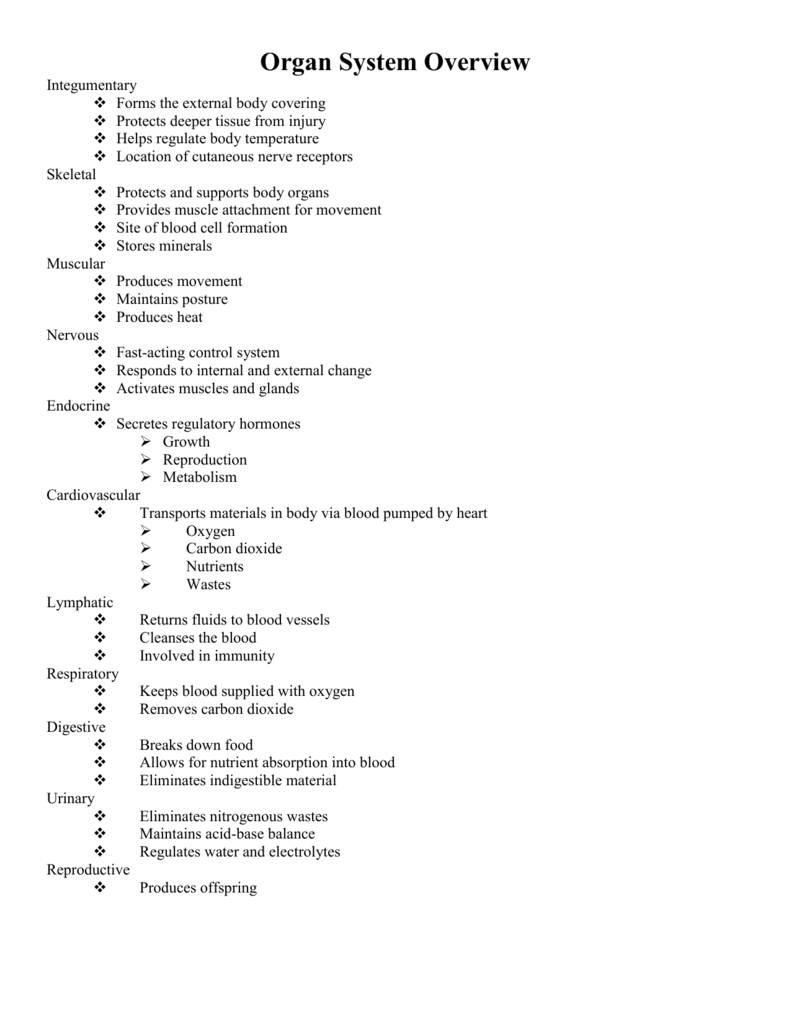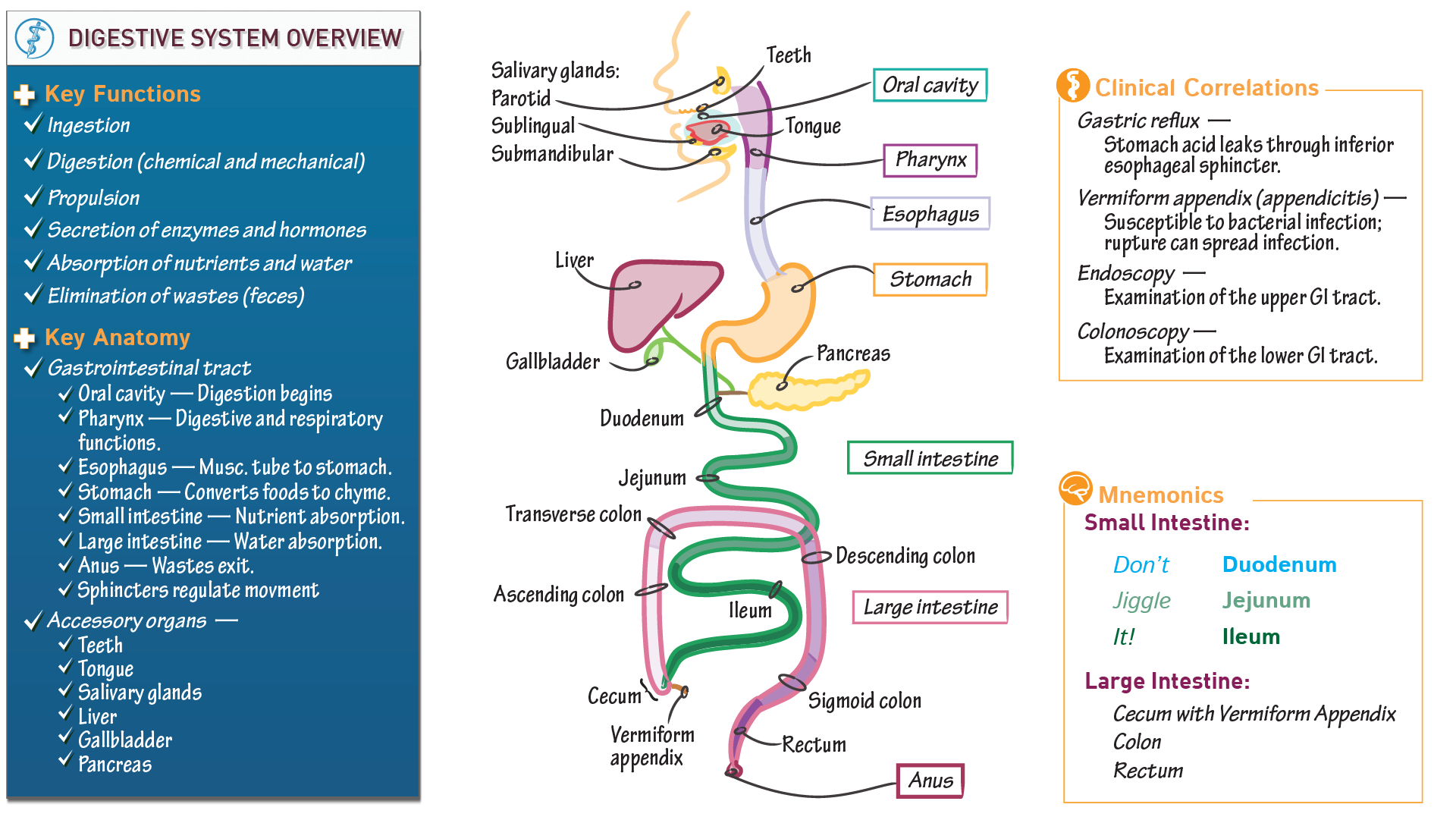

Barrett, in Reference Module in Biomedical Sciences, 2014 Excretion This entry provides an overview of the anatomy and physiology of the GI system and later describes the type of toxic effects that can be observed with different classes of agents.

Knowledge and recognition of such symptoms can be essential in identifying a toxic condition.

GI symptoms are also common manifestations of systemic toxicity from a wide variety of toxic agents. The GI tract is the target organ for a significant number of poisonings due to either inadvertent ingestion of medications, household products, and other items by children or intentional ingestion of poisons by adults during suicide attempts. Agents metabolized by the liver and excreted in bile come into direct contact with the small intestine and can be continually recirculated because of enterohepatic circulation.įrom a toxicological perspective, the GI tract is an important organ system since it is the initial site of contact of many environmental agents including food contaminants which have the potential to produce a broad array of toxicological effects. Other potential routes of contact include direct introduction into the rectum, which is a route of administration for certain drugs. Agents can contact the GI tract directly after oral ingestion and through the swallowing of particles that have been cleared from the respiratory tract by mucociliary clearance. The GI tract provides the second largest surface area for direct contact of xenobiotics after the lung. As a consequence, the liver metabolizes many xenobiotics absorbed by the intestine before they reach the system circulation and is a target organ for toxic or metabolically activated xenobiotics delivered to it from the digestive organs of the GI tract. With respect to blood flow, the liver is positioned in a circuit between the stomach and small intestine and the rest of the body, receiving venous blood directly from them via the portal system and draining into hepatic veins into the systemic circulation. The liver is considered an integral part of the GI tract but has a broad range of metabolic functions in addition to its role as an organ supporting digestion.

Bile salts produced by the liver also play a critical role in the absorption of fats and fat-soluble vitamins and the effects of xenobiotics on bile metabolism. The endocrine functions of the pancreas are considered elsewhere in this encyclopedia. The GI system also includes the exocrine pancreas which secretes proteolytic digestive enzymes into the duodenum, which facilitates the digestion of sugars, protein, and fats. Absorption is the transport of nutrients across the intestinal cell. Digestion is the breakdown or hydrolysis of food into smaller molecules in preparation for absorption into the body. The primary function of the GI system is the digestion and absorption of food, including solids and liquids, and the provision of a barrier to many potentially harmful ingested substances. The gastrointestinal (GI) system or tract begins with the mouth and ends in the anus. Guidotti, in Encyclopedia of Toxicology (Second Edition), 2005 Introduction


 0 kommentar(er)
0 kommentar(er)
